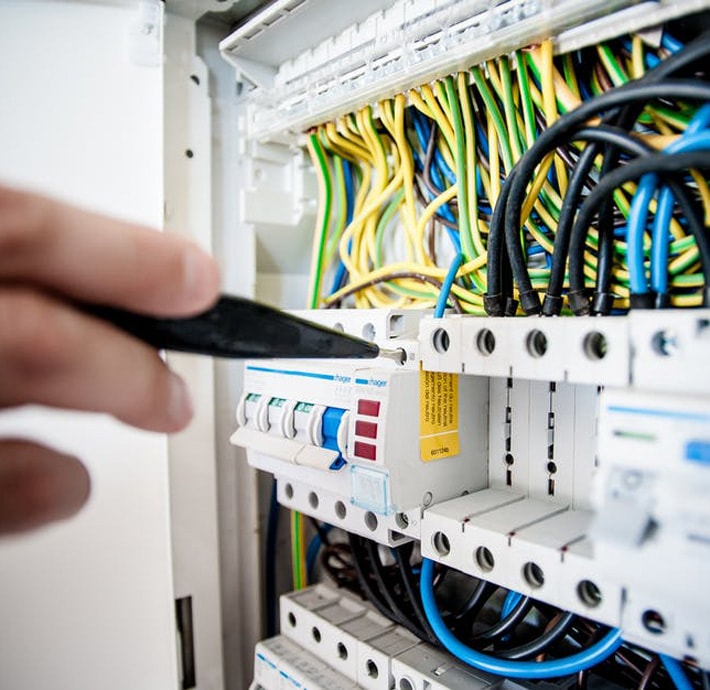Site Maintenance
Built to Perform, Maintained to Last

Routine Inspections :
Conducting regular inspections of telecom equipment, including antennas, transmitters, base stations, and network infrastructure. Checking for signs of wear, corrosion, or damage.
Preventive Maintenance :
Performing scheduled preventive maintenance activities to address potential issues before they become critical. Cleaning and testing components to ensure optimal performance.
Fault Detection and Troubleshooting :
Implementing tools and procedures for detecting faults in the telecom network.
Conducting troubleshooting to identify and resolve issues promptly.
Software Updates and Upgrades :
Applying software updates and patches to telecom equipment to ensure the latest features, security enhancements, and bug fixes. Managing software version control.
Hardware Upgrades :
Planning and executing hardware upgrades to enhance capacity, performance, or compatibility with new technologies. Replacing outdated or faulty components.
Network Optimization :
Analyzing network performance data and optimizing configurations for better efficiency. parameters to improve coverage, capacity, and quality of service.
Power System Maintenance:
Checking and maintaining power supply systems, including generators, batteries, and power distribution units. Testing backup power sources regularly.
Environmental Controls :
Maintaining HVAC systems and ensuring proper environmental conditions within equipment shelters. and addressing issues related to temperature, humidity, and ventilation.
Antenna and Transmission Line Maintenance :
Inspecting antennas and transmission lines for damage or misalignment. Conducting tests to ensure proper signal transmission.
Fiber Optic Cable Maintenance :
Inspecting and cleaning fiber optic cables. Identifying and repairing cable faults to maintain data transmission quality.
Security Audits :
Conducting security audits to identify and address vulnerabilities in the telecom network. Implementing security patches and measures to protect against cyber threats.
Documentation and Record Keeping :
Maintaining comprehensive records of maintenance activities, inspections, and equipment changes. Documenting any modifications made to the network.
Emergency Response :
Establishing protocols for emergency response in the event of network failures or critical issues. Maintaining a rapid response team for urgent repairs.
Training and Skill Development :
Providing ongoing training for maintenance personnel to keep them updated on new technologies and procedures. Ensuring that maintenance teams have the necessary skills to address evolving challenges.
